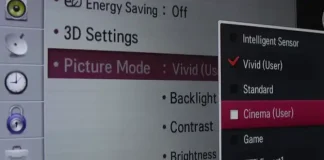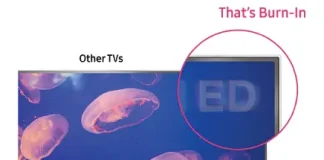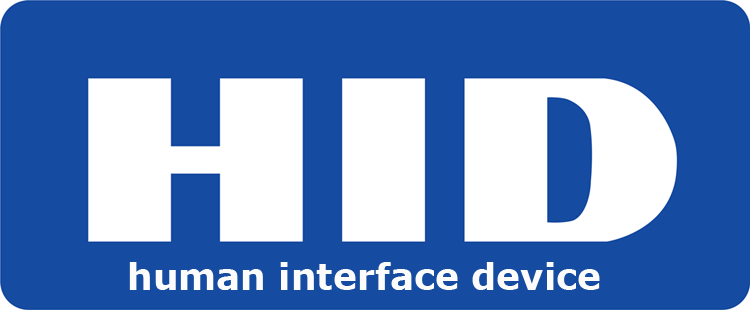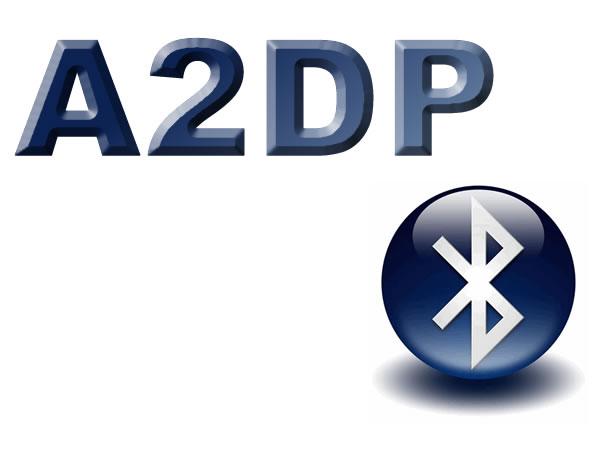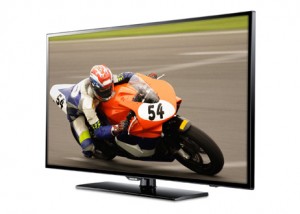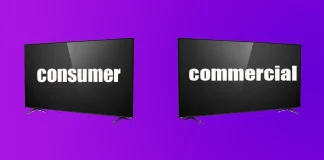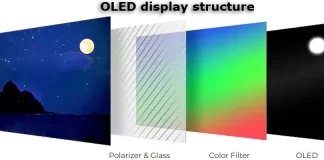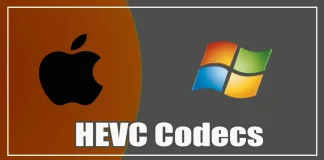Tag: Technology TV’s
Picture Mode on TV and monitor, explained
Picture Modes are preset display settings designed to optimize picture quality based on specific viewing conditions, content, or environment. These modes are customizable, allowing...
Samsung TVs with quantum dots, can they burn out
Modern Quantum Dot TVs are free from the screen burn-in issues that previously affected technologies like plasma panels. In the past, the problem stemmed...
HID ( Human Interface Device) explained
A Human Interface Device (HID) is a class of devices that act as controls. HID technology, designed to standardize connectivity and eliminate the need...
What is A2DP Audio Profile
A2DP (Advanced Audio Distribution Profile) is a Bluetooth profile designed to standardize wireless stereo audio transmission between devices. It enables high-quality audio streaming...
Clear Motion Rate (CMR) in Samsung TV explained
Samsung Clear Motion Rate (CMR) is a proprietary technology developed to enhance the smoothness and clarity of television images. It combines frame rate, display...
DCI P3 color space coverage in TVs, explanation
DCI-P3 is a color gamut standard designed for accurate color representation. Developed by Digital Cinema Initiatives (DCI) and published in the SMPTE RP 431-2...
TVs for home and commercial TVs, differences and features
Television manufacturers often categorize their products into two main groups: home TVs (Consumer TVs) and commercial TVs. Each is designed with specific features tailored...
Samsung QD OLED vs OLED – here’s what you need to...
The situation with Samsung's OLED TVs is quite intriguing. If you go to Samsung's US site and search for OLED TVs, the description will...
HEVC Codecs, How to Get on Windows and Mac
HEVC (High-Efficiency Video Coding): A video compression standard, also known as H.265, that is more efficient than its predecessor H.264, providing better video quality...
BD WISE Technology Samsung, explained
BD WISE is a technology developed by Samsung that enables various Samsung devices to be automatically configured to work together seamlessly, without the need...


